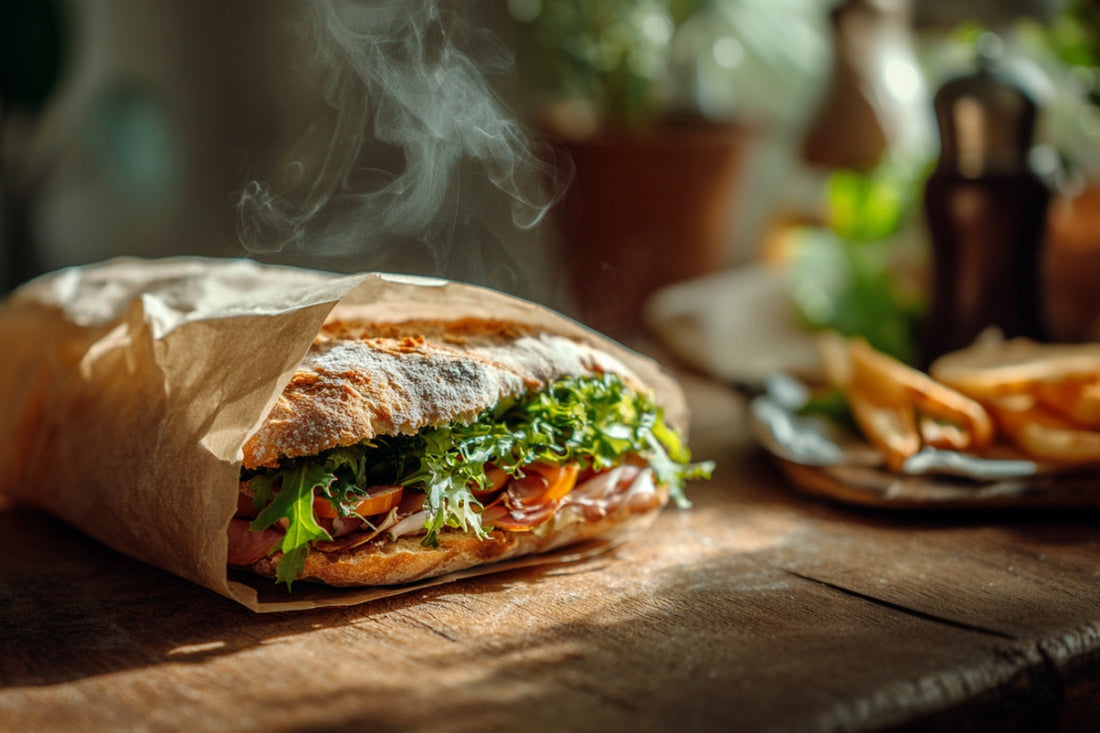
Wax Paper vs Deli Paper — What’s Actually Eco Friendly?
Ever stood in the kitchen wondering which paper to grab — wax, parchment, or deli? They all look the same in the box, but they couldn’t be more different once food touches them.
Wax paper feels smooth, but that layer of paraffin is made from petroleum. Parchment paper looks natural, but it’s often coated with silicone or PFAS (those “forever chemicals” you keep hearing about). And then there’s deli paper — uncoated, clean, and real.
Here’s the truth most people don’t realize: You can’t recycle or compost wax paper. You can’t safely heat parchment that has PFAS. But you can wrap, reheat, or recycle deli paper — because it’s just paper.
Why Wax Paper Isn’t Eco Friendly
Wax paper is coated in paraffin or microcrystalline wax — both oil-based. That means it doesn’t biodegrade, and recycling centers reject it. It ends up in landfills, acting more like plastic than paper.
You might see “eco wax paper” labels, but most still use non-renewable coatings. If it feels slick, it’s not compostable — no matter what the box says.
What Makes Deli Paper Different
Deli paper, especially uncoated, is just pure wood pulp. No wax, no silicone, no detergent coating. It’s food-safe, compostable, and even recyclable (depending on local rules). It’s what pro kitchens use because it works — clean wraps, no leaks, no residue.
That’s the kind of paper we use at Andrews Kitchen — the same quality you’d find in a good restaurant, now for your home lunches and bakes.
Simple Rule of Thumb
If it shines, it’s not clean.
If it feels greasy before use, it’s probably coated.
If it feels like paper and smells like nothing — that’s your friend.